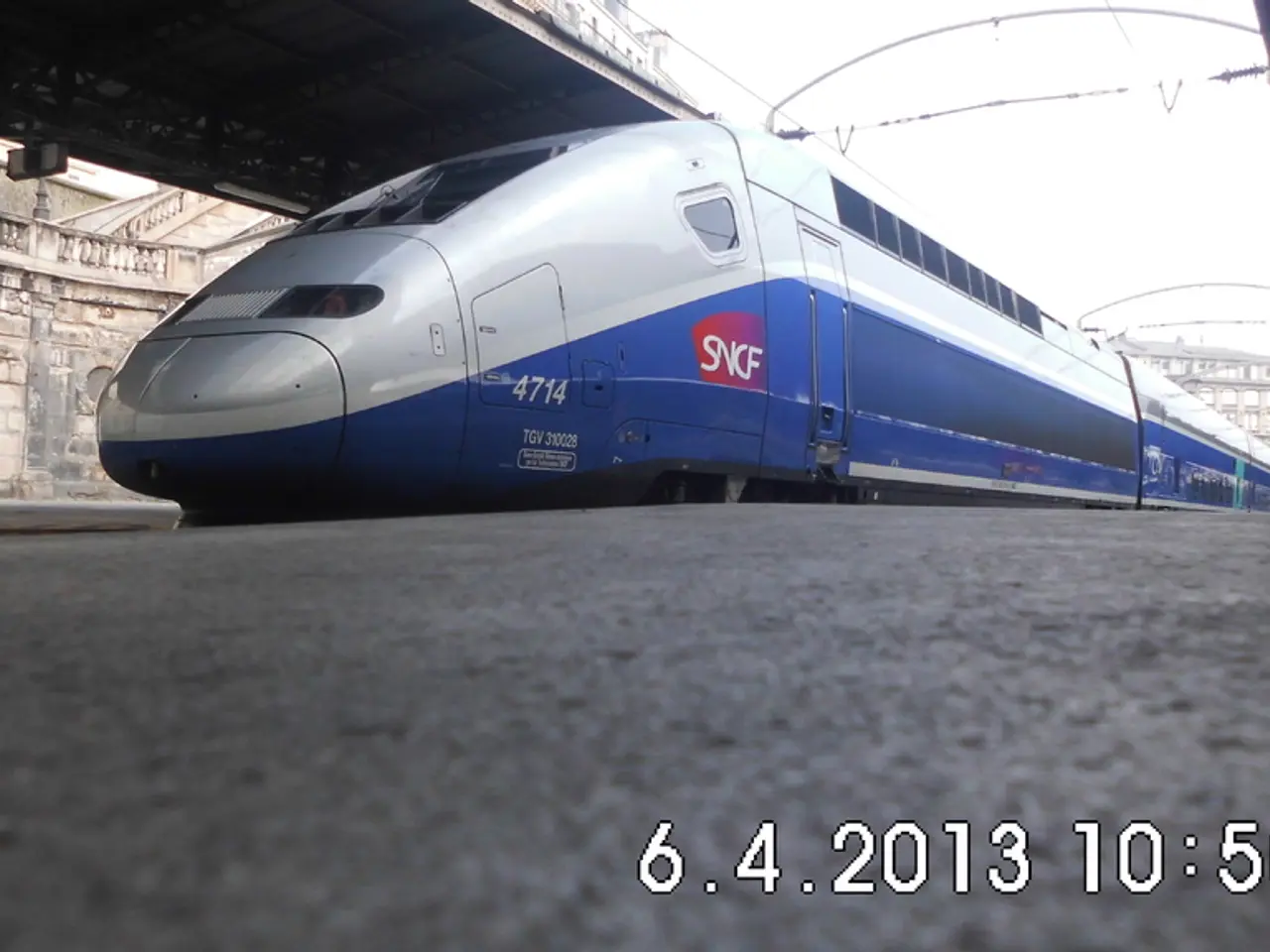Digitized Seaports and Internet of Things: The Digital Evolution of International Cargo Transportation
In the rapidly evolving world of logistics and infrastructure, the integration of Internet of Things (IoT) technology is revolutionising traditional ports, transforming them into smart ports. One of the key components driving this digital transformation is IoT middleware, a software layer that acts as a communication bridge between diverse IoT devices and applications.
Smart ports are characterised by their deployment of numerous heterogeneous IoT devices, each with different communication protocols and data formats. IoT middleware plays a crucial role in facilitating communication between these devices and higher-level applications, translating and harmonising data to ensure compatibility across diverse systems.
One of the primary functions of IoT middleware in smart ports is data integration and management. It collects data from multiple sensors and devices, aggregates it, and delivers it to port management systems or enterprise applications, such as ERP or logistics platforms. This integration allows ports to monitor operations like container movements, environmental conditions, and equipment status in real time.
Communication protocol handling is another significant role of IoT middleware. Many IoT devices in smart ports rely on lightweight and efficient communication protocols like MQTT, which supports publish-subscribe messaging suited for devices with limited bandwidth. Middleware often acts as an MQTT broker or bridges MQTT data to enterprise APIs, making device data accessible for analysis and triggering actions.
IoT middleware also provides abstraction and simplification, abstracting the underlying complexity of IoT devices from application developers. This abstraction enables faster development of smart port applications and easier scalability. Furthermore, it supports real-time data flows and event-driven architectures, enabling smart ports to respond dynamically to operational changes or emergencies.
The importance of IoT middleware in smart ports lies in its ability to enhance efficiency and automation, improve decision-making, ensure scalability and flexibility, and provide a security layer. By integrating and automating data flows from IoT devices, middleware helps optimise port operations such as cargo handling, traffic monitoring, and predictive maintenance, thereby improving throughput and reducing delays.
Moreover, middleware provides a unified data platform that supports analytics and decision-making tools, helping port authorities improve resource allocation, safety, and environmental compliance. As ports expand their IoT infrastructure, middleware enables seamless addition of new devices and services without disrupting existing systems.
In addition, IoT middleware can incorporate security controls, ensuring data integrity and protecting the network from unauthorised access, which is vital in a complex and critical infrastructure environment like ports.
The focus of this digital transformation is on the development of ecosystems that provide real-time information on efficiency and sustainability. IoT middleware handles data ingestion and filtering, protocol translation, and scalability in smart port ecosystems. Optimised traffic management is achieved through sensors monitoring vessel movements and gate queues, which are then used to improve overall throughput.
Real-time tracking of cargo is possible through sensors embedded on containers, providing insights into their status, location, and environmental conditions. IoT middleware has the competency to translate raw data into actionable insights, helping port authorities make better decisions.
Customs officials, shippers, and port operators can monitor and track products more accurately due to real-time cargo tracking. The volume of global trade is expected to continue growing, leading to strain on existing port infrastructures. AI-powered analytics collect data from these sensors to estimate potential equipment failures before they occur, enabling predictive maintenance of port equipment.
In conclusion, IoT middleware is fundamental to smart ports because it enables the seamless connection, integration, management, and security of diverse IoT devices and applications, thereby driving the digital transformation and operational excellence of port logistics and infrastructure. The commerce industry is undergoing significant digital transformation, with traditional ports being re-transformed into smart ports. The integration of IoT and smart port technologies is transforming the landscape of freight movement across the globe.
IoT middleware enables the seamless connection of diverse IoT devices and applications in smart ports, driving the digital transformation of traditional ports into prosperous hubs of logistics and infrastructure. By handling different communication protocols and integrating data from various sensors, middleware facilitates real-time monitoring of operations such as container movements, environmental conditions, and equipment status.
Moreover, IoT middleware provides security controls to protect the network from unauthorized access in complex critical infrastructure environments like ports. With AI-powered analytics, it estimates potential equipment failures before they occur, enabling predictive maintenance of port equipment, thereby improving overall throughput.
Furthermore, IoT middleware plays a vital role in the growth of global trade by offering real-time tracking of cargo, enhancing resource allocation, safety, and environmental compliance. Data from embedded sensors on containers provides insights into their status, location, and environmental conditions, which can help customs officials, shippers, and port operators make more informed decisions.
Lastly, optimized traffic management is a significant benefit, as sensors monitor vessel movements and gate queues to improve overall throughput in the smart port ecosystem, thus contributing to the commerce industry's continuing digital transformation and the revolution of freight movement across the world.




